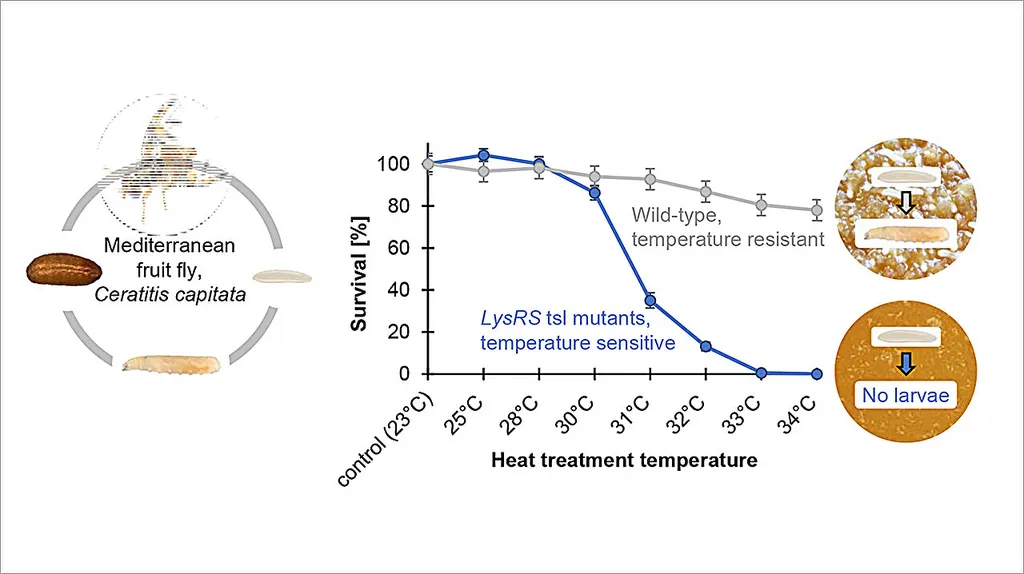In the intricate dance of sexual reproduction, sperm play a starring role, delivering genetic material to the ovum and ensuring the continuation of life. Now, a groundbreaking study published in *PLoS Genetics* has uncovered a key player in this process, with implications that could revolutionize pest control in agriculture. The research, led by Xia Xu, focuses on the testis-specific serine/threonine protein kinase-like (TSSKL) gene and its crucial role in sperm development and male fertility in moths.
The study, conducted on the model insect *Bombyx mori* (the silkworm) and the globally destructive crop pest *Plutella xylostella* (the diamondback moth), reveals that TSSKL is essential for the proper formation and function of sperm. Using advanced techniques like CRISPR/Cas9-mediated mutagenesis, the researchers demonstrated that knocking out the TSSKL gene results in complete male sterility, while leaving female fertility unaffected.
“This is a significant finding,” said lead author Xia Xu. “It shows that TSSKL is not just important for the structure of sperm but also for the metabolic processes that fuel their development.”
The researchers used fluorescence microscopy and ultrastructural analyses to observe the effects of TSSKL deletion. They found severe morphological defects in both eupyrene (fertile) and apyrene (non-fertile) sperm, along with impaired mitochondrial dynamics and aberrant autophagy. Comparative transcriptome analyses linked these defects to dysregulated energy metabolism pathways, highlighting the multifaceted role of TSSKL in sperm development.
The implications for agriculture are substantial. The diamondback moth, *Plutella xylostella*, is a major pest that causes significant crop losses worldwide. Traditional pest control methods often rely on chemical pesticides, which can have harmful environmental side effects. Targeting the TSSKL gene could offer a more sustainable and precise approach to pest control, potentially reducing the need for chemical interventions.
“This research opens up new avenues for developing targeted pest control strategies,” said a spokesperson from the agricultural research community. “By understanding the genetic mechanisms behind fertility, we can create more effective and environmentally friendly solutions.”
The study’s findings are not just limited to moths. The conservation of the TSSKL gene across different species suggests that similar mechanisms may be at play in other insects, paving the way for broader applications in pest management.
As we look to the future, this research could shape the development of new biotechnological tools for sustainable agriculture. By harnessing the power of genetics, we can create innovative solutions that protect our crops while preserving the delicate balance of our ecosystems.
The study, published in *PLoS Genetics*, was led by Xia Xu, whose affiliation details are not specified. This groundbreaking work not only advances our understanding of insect reproductive biology but also offers a promising path forward for precision agriculture.

